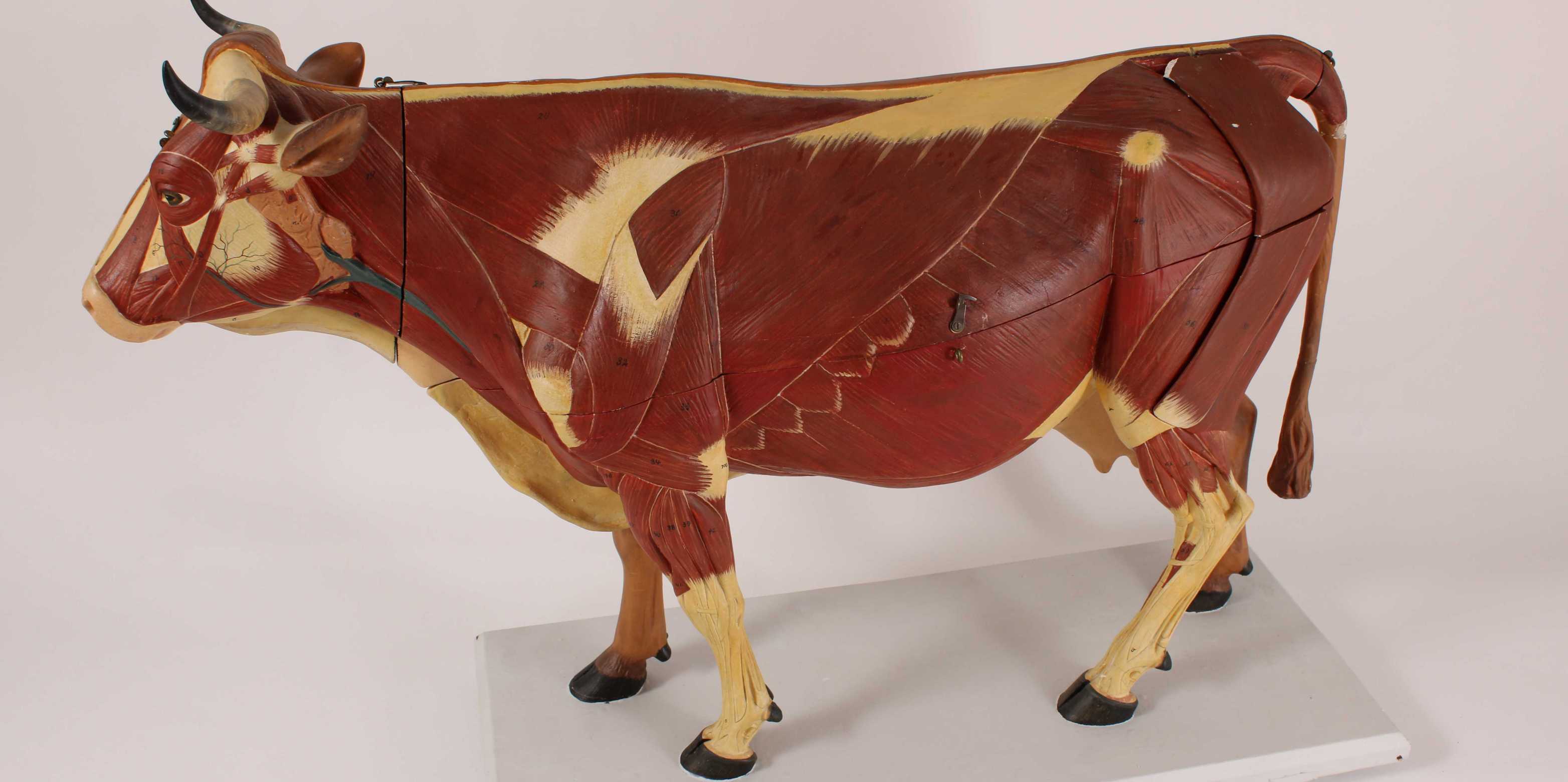How exactly is an animal body structured? Anatomical models and specimens help students and researchers to get a clear understanding of the structure of an animal body. For over 150 years, the Collection of Domestic Animals at ETH Zurich has been serving this purpose. The collection comprises approximately 2000 objects, some of them well over 100 years old, including three-dimensional models made of wax and papier-mâché, specimens preserved in formalin, bone preparations, whole body skeletons, rows of skulls and lecture posters, as well as agricultural and medical tools and instruments.
Free access worldwide
Detailed photographs show the didactic potential of the object. However, Florian Trepp also had animations and 3D models created of individual objects. Current instructional videos will continuously supplement the collection with practical aspects of anatomy. "With the publication of the collection, another part of ETH Zurich's cultural heritage is being made available to the public worldwide and free of charge," states Florian Trepp. As a lecturer at the Institute of Agricultural Sciences at ETH Zurich, he was responsible for the digitization using funds from the ETH Library to improve access to ETH Zurich's collections and archives. The collection can also be systematically searched on Nahima by animal species, organ or organ system, as well as by other criteria such as the material of the object or the manufacturer. "This is a huge advantage," exlains Trepp, "because different types of objects on a topic offer very different perspectives and didactic content".
A piece of ETH cultural heritage
The Anatomical Collection of Domestic Animals is used at ETH Zurich for the study programms of environmental systems sciences, biology and teacher trainings. It is also particularly suitable for students of veterinary medicine, human medicine and animal breeding, as well as for trainee farmers, butchers, animal keepers, assistant meat specialist and other professions with overlaps to farm animals and anatomy. "Since the Anatomical Collection of Domestic Animals illustrates and conveys basic knowledge about anatomy and physiology in a comprehensible way, it is also suitable for teaching at primary, secondary and tertiary levels, as well as for the interested public," adds Florian Trepp.
The Anatomical Collection of Domestic Animals has its origins in the agricultural teaching collection of 1871. It is still used as teaching material today and is on display in the atrium of the LFW building at ETH in the center of Zurich. Both the collection and the LFW building are listed in category A of the Federal Government's protection of cultural property.








Comments
No comments yet